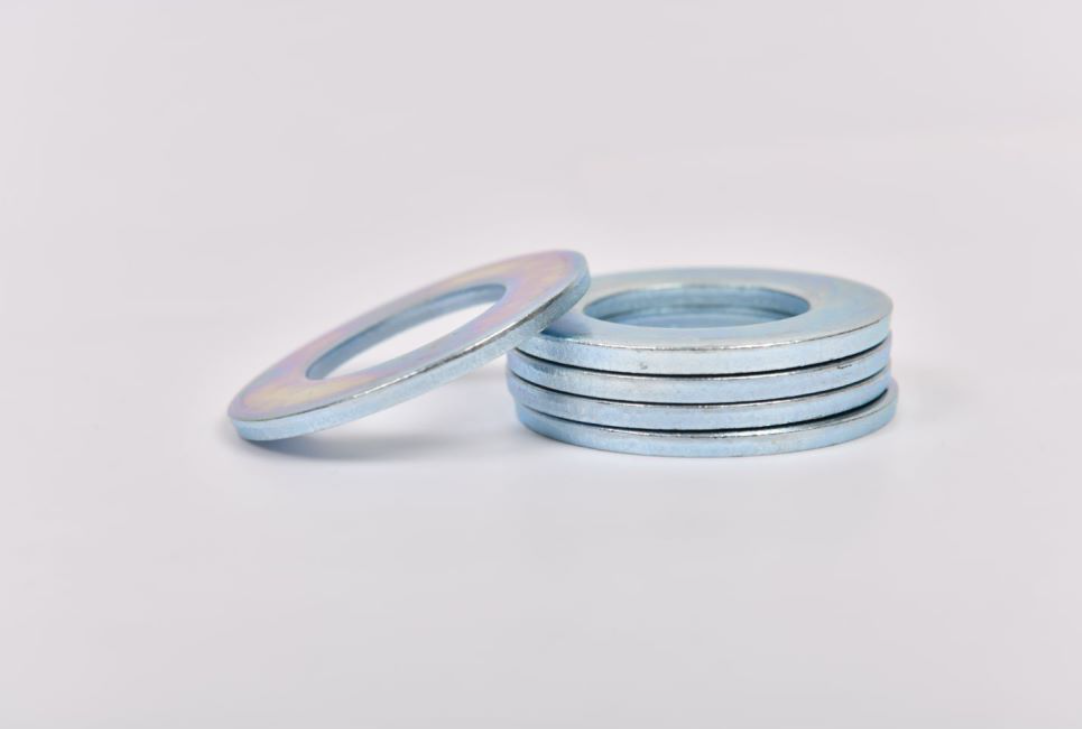Guide to Self-Drilling Screw Sizes and Their Applications
Understanding Self-Drilling Screw Size Chart Products
Self-drilling screws have become an essential component in various construction and fabrication projects. Known for their ability to eliminate the need for pre-drilling, these screws are designed to drill their own hole as they are driven into the material, providing superior efficiency and convenience. However, to make the best use of self-drilling screws, it is crucial to understand their size and specifications. This is where the self-drilling screw size chart comes into play.
What are Self-Drilling Screws?
Self-drilling screws are specially designed fasteners that feature a drill-like tip. This unique design allows them to penetrate materials such as metal, wood, and plastic without requiring pilot holes. Typically made from steel or stainless steel, they are crucial in applications ranging from residential construction to industrial assembly. These screws not only save time but also ensure a strong and secure hold.
Understanding the Size Chart
A self-drilling screw size chart provides vital information regarding the dimensions and specifications of various screws available in the market. Here are the key elements typically included in a size chart
1. Diameter The diameter of the screw is crucial as it affects its load-bearing capacity. Common diameters range from 1/8 inch to 1 inch, with a variety of sizes in between. Larger diameters usually provide more strength but may require a larger pilot hole in softer materials.
2. Length Self-drilling screws come in various lengths, usually measured in inches or millimeters. The length of the screw you need depends on the thickness of the material you are fastening. It's essential to choose a screw that penetrates adequately without being too long, which could cause damage to underlying structures.
3. Thread Design The thread design can vary, impacting the screw's holding power. Coarse threads are generally used for softer materials like wood, while fine threads work better in harder materials like metal. The size chart often specifies the thread type associated with each screw size.
4. Material and Coating The material from which a screw is made plays a critical role in its durability and resistance to corrosion. Common materials include carbon steel, stainless steel, and carbon steel with various coatings such as zinc or epoxy to protect against rust and enhance longevity. The size chart usually specifies the material type for each screw.
self drilling screw size chart products

5. Tip Style Different self-drilling screws have various tip styles, including pointed, blunt, or self-tapping tips. The tip style affects how well the screw penetrates the material and the speed at which it can be driven. The size chart may indicate the ideal applications for each tip style.
Choosing the Right Self-Drilling Screw
When selecting self-drilling screws for a specific project, refer to the size chart to ensure that the screws meet the project requirements. Here are some practical steps to follow
- Determine Material Type Identify the material you will be working with, as this will influence the choice of diameter, thread design, and tip style.
- Assess Material Thickness Measure the thickness of the material to ensure the length of the screw chosen is sufficient for a secure hold without protruding excessively.
- Review Load Requirements Consider the load the screw will need to withstand. For heavier applications, a larger diameter screw may be necessary to provide the required strength.
- Consider Environmental Conditions If the screws will be used outdoors or in humid environments, opt for screws with corrosion-resistant coatings to increase durability.
Conclusion
Understanding self-drilling screw size chart products is vital for achieving a successful fasten in various engineering and construction projects. By familiarizing yourself with the different aspects of screw sizes—including diameter, length, thread design, material, and tip style—you can ensure that you select the proper screws for your needs. This knowledge not only improves the quality of work but also ensures safety and longevity in your projects. Always refer to a reliable size chart and consult experts if you're unsure which screw is best for your specific application.
-
Top Choices for Plasterboard FixingNewsDec.26,2024
-
The Versatility of Specialty WashersNewsDec.26,2024
-
Secure Your ProjectsNewsDec.26,2024
-
Essential Screws for Chipboard Flooring ProjectsNewsDec.26,2024
-
Choosing the Right Drywall ScrewsNewsDec.26,2024
-
Black Phosphate Screws for Superior PerformanceNewsDec.26,2024
-
The Versatile Choice of Nylon Flat Washers for Your NeedsNewsDec.18,2024










